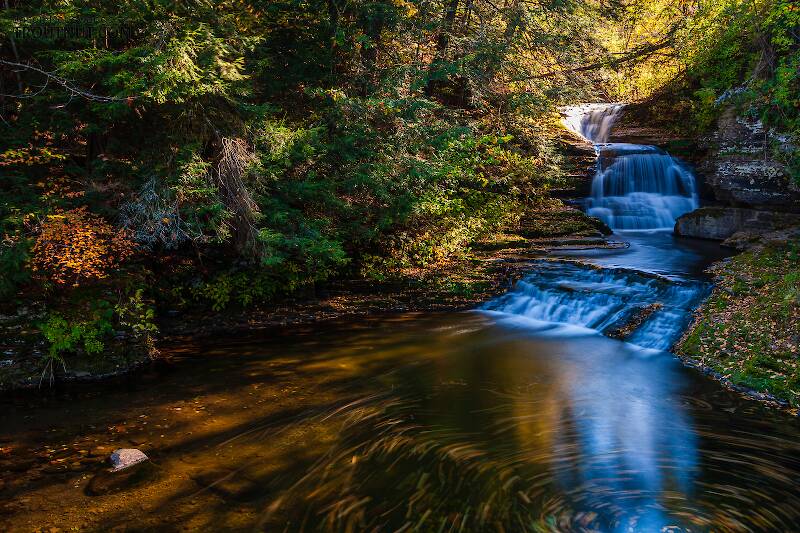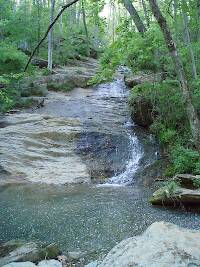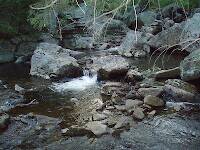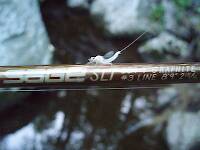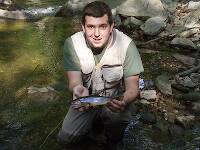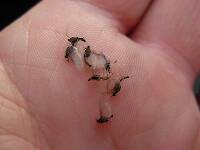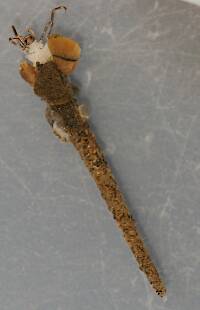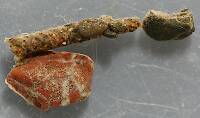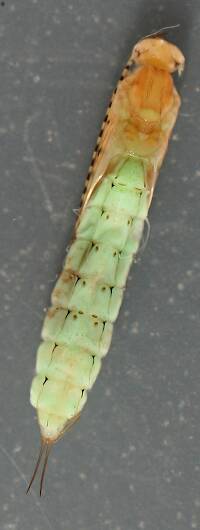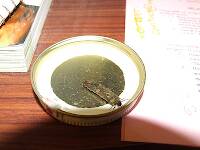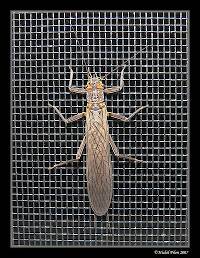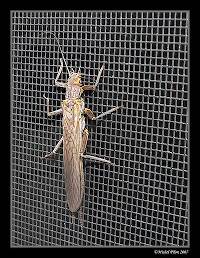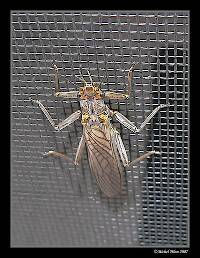
Blue-winged Olives
Baetis
Tiny Baetis mayflies are perhaps the most commonly encountered and imitated by anglers on all American trout streams due to their great abundance, widespread distribution, and trout-friendly emergence habits.
Featured on the forum

This specimen keys to the Epeorus albertae group of species. Of the five species in that group, the two known in Washington state are Epeorus albertae and Epeorus dulciana. Of the two, albertae has been collected in vastly more locations in Washington than dulciana, suggesting it is far more common. On that basis alone I'm tentatively putting this nymph in albertae, with the large caveat that there's no real information to rule out dulciana.

Troutnut is a project started in 2003 by salmonid ecologist Jason "Troutnut" Neuswanger to help anglers and
fly tyers unabashedly embrace the entomological side of the sport. Learn more about Troutnut or
support the project for an enhanced experience here.
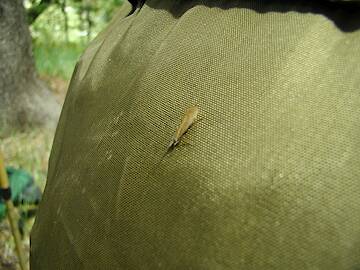
Jbrw
Posts: 5
Posts: 5
Jbrw on Jun 26, 2007June 26th, 2007, 4:50 pm EDT
This poor image of an adult caddis was taken streamside on my pack in the Big Horn Mountains, WY at about 9,500 ft.. As the picture shows, the wings did not appear to have any spots and were tan. I am uncertain what genus exist in the area. I have observed but have not photographed the abundant encased larva there and will try to do better on my next trip, which is coming up soon. Most of the cases appear to be formed of rock and metal.
Taxon on Jun 26, 2007June 26th, 2007, 7:54 pm EDT
Jbrw-
Although the photo is not clear (or close) enough for me to see any detail, particularly the length of antennae, based on the wing shape and color, my guess would be Oecetis (Tan-Winged Long-Horn Sedge). You have (4) Oecetis species in Wyoming, Oecetis avara, O. disjuncta, O. inconspicua, and O. ochracea.
Although the photo is not clear (or close) enough for me to see any detail, particularly the length of antennae, based on the wing shape and color, my guess would be Oecetis (Tan-Winged Long-Horn Sedge). You have (4) Oecetis species in Wyoming, Oecetis avara, O. disjuncta, O. inconspicua, and O. ochracea.
Jbrw
Posts: 5
Posts: 5
Jbrw on Jun 27, 2007June 27th, 2007, 2:15 am EDT
Interesting. Your website is very helpful on follow-up, as there are no pictures of Oecetis that I can find on this site. How do you measure size? Based upon the thread count on the pack, I would estimate the size from head to wing tip at 11 mm, but I suppose you could measure the legs splayed out as they do and the antennae. I also wonder about the possibility of Lepidostomatidae from the desription on your site. The wings, while plain, display a distinctive, light brown ridge on the upper 2/3 that fans out onto the tip with the remainder of the wing showing more of a tan.
Taxon on Jun 27, 2007June 27th, 2007, 3:54 am EDT
Jbrw-
Interesting you should ask. A year ago this month, I posed the very same question to Dr. Richard Baumann:
And, Dr. Baumann replies as follows:
Interesting you should ask. A year ago this month, I posed the very same question to Dr. Richard Baumann:
Dear Dr. Baumann-
In his book, Caddisflies, Gary LaFontaine listed your name on his acknowledgments page as being one who assisted him by sending scientific papers, providing insect specimens, or identifying his collections. As such, I am hoping you can answer a question for me.
For each genus covered in his book, Gary listed adult length as (up to x mm.), but as far as I can determine, he never specified whether this was only the body length, or also included the distance the wings extended beyond the end of the abdomen. As you realize, it makes a considerable difference, as the wings of caddisflies extend beyond the end of the abdomen (perhaps) another 40-100% of the body length. This is of critical importance to me, as I intend to use that measure as a component of Adult Caddisfly Identification, which would be similar to my Adult Mayfly Identification for flyfishers.
In any event, do you know which measurement Gary used? If not, those listed were Chuck Hawkins, Steve Johnson, Don Alstad, Tim Hansen, Drs. R. L. Blickle, Stamford Smith, William Hilsenhoff, Donald Denning, A. Sheldon, Oliver Flint, George Edmunds, Glenn B. Wiggins, Richard Baumann, George Roemhild, Merlyn Brusven, Robert Newell, Vincent Resh, Russ Biggam, and J. V. Ward. If you think one of the others would know, and happen to have their email address, that would be most helpful, as well.
And, Dr. Baumann replies as follows:
Roger,
I am quite sure that Gary measured from the top (tip?) of the head to the end of the wings, except when the adults were brachypterous and then the tip of the abdomen would be to terminal end.
Jbrw
Posts: 5
Posts: 5
Jbrw on Jun 29, 2007June 29th, 2007, 6:42 am EDT
Taxon, assuming we are looking at Oecetis, what colors would the larva and pupa be. I'm getting crass here, I know, as I am trying to figure out what colors to use in emerger and nymph patterns for my trip. My "caddis green" offerings last summer weren't too successful, so I am leaning toward tan body and black or brown head.
What the answer be different if we are looking at Lepidostomatidae?
What the answer be different if we are looking at Lepidostomatidae?
Taxon on Jun 29, 2007June 29th, 2007, 11:22 am EDT
Jbrw-
Assuming Oecetis, in addition to the green you apparently already have, I would suggest yellow or olive.
Only one genus of family Lepidostomatidae resides in Wyoming, Lepidostoma, of which you have (8) species. The 11 mm length of your specimen is slightly beyond the 10 mm maximum length of adult Lepidostoma listed by Gary LaFontaine in Caddisflies. However, as to body color, pale yellow or pale tan to brown would likely be appropriate.
Assuming Oecetis, in addition to the green you apparently already have, I would suggest yellow or olive.
Only one genus of family Lepidostomatidae resides in Wyoming, Lepidostoma, of which you have (8) species. The 11 mm length of your specimen is slightly beyond the 10 mm maximum length of adult Lepidostoma listed by Gary LaFontaine in Caddisflies. However, as to body color, pale yellow or pale tan to brown would likely be appropriate.
Quick Reply
Related Discussions
Topic
Replies
Last Reply
2
Mar 21, 2007
by CalebBoyle
by CalebBoyle
7
Nov 20, 2006
by GONZO
by GONZO
1
Jun 12, 2007
by Troutnut
by Troutnut

